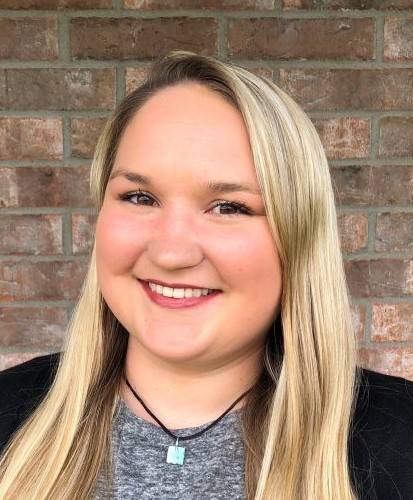CatalyzeH2O engineers nanotechnology products and electrochemical systems to treat water efficiently and effectively.
The Fayetteville, Ark., company recently won a $1,099,000 Department of Defense contract with the Army.
CatalyzeH2O is developing an innovative technology to destroy explosives, including Trinitrotoluene (TNT) and Royal Demolition Explosive (RDX), in water. During the Small Business Innovation Research Phase II project, they will design a working prototype to test the technology at various field locations.

Foster 
Greenlee
The CatalyzeH2O Team
Shelby Foster is the CEO and has a background in chemical engineering and business. Foster drives business development, manages projects, and pursues strategic partnerships.
Dr. Lauren Greenlee is the co-founder and scientific advisor to CatalyzeH2O. Greenlee has a strong background in chemical engineering and brings over 15 years of research experience in nanotechnology, engineering, and water treatment.
“CatalyzeH2O are the inventors of the technology, and we are continually growing our key competencies at the company,” said Foster.
Also on the team are Margaret Hettinger and Dominic Lannutti. Margaret is the new product development manager, and Dominic is a Level 2 Engineer. Hettinger has a background in explosives engineering. Lannutti is a recent chemical engineering UofA graduate.
ASBTDC Assistance
Rebecca Todd, the innovation specialist at the Arkansas Small Business and Technology Development Center, provided invaluable insight and guidance for the CatalyzeH2O team as they prepared their DoD Phase II proposal.
ASBTDC also provided detailed market research specific to CatalyzeH2O.
“Rebecca Todd is our go-to connection at ASBTDC. She has helped us acquire market research for many of our proposals. Rebecca aided through reviewing our writing multiple times for this proposal,” said Foster.
Market Need
Current options for removing explosives in water are incineration (soil) and pump and treat (groundwater) or absorption into activated carbon (wastewater). The biological processes are slow and require a large amount of capital investment upfront due to the process steps, the pump requirements, engineering controls, and other operational costs incurred.
Activated carbon is cheaper; however, as it is only absorbing the explosives, it becomes hazardous itself.
The CatalyzeH2O team participated in several programs to investigate the limitations of existing options and specific needs for a new solution.
“I have leaned on local programs such as the University of Arkansas I-Corps Site and I-Fund at Winrock International to learn more about lean startup methodology to perform customer discovery interviews. We actively reach out to industry professionals through mutual connections, LinkedIn, and other media to set up interviews to better understand the needs in the market,” said Foster.
The CatalyzeH2O Solution
“At CatalyzeH2O, we are designing a compact system with a regenerative catalyst to destroy the energetic compounds over long periods. Our technology will require less capital investment than the biological treatment technologies, and will destroy energetics on the spot compared with activated carbon technologies that just remove the energetics,” Foster said.
The CatalyzeH2O team plans on developing this biomimetic catalyst embedded nanoporous material (CNpM) with detection, sequestration, and remediation functions. The material will have a scalable fabrication method so that its commercialization pathway has direct application to explosives contamination in water sources. The infographic below depicts this system’s process of operation.

“The CNpM technology will make onsite management and disposal of explosive contamination in water possible. Additionally, successful and scalable CNpMs for TNT and RDX remediation enables wastewater and groundwater treatment will benefit the US as a whole due to the overall improvement in the disposal of explosive contaminants,” said Foster.
Phase II Goals
While running a business is not without its challenges, the team at CatalyzeH2O has enjoyed being able to create a culture that inspires innovation and collaboration.
During its SBIR Phase I project, the company was excited to prove the technical concept of its product. In Phase II, they plan to scale and test the product.
“At the end of this Phase II project, our goal is to identify and adequately scale a minimum viable product that can effectively degrade energetic compounds in real production water samples,” Foster said.
Advice for Prospective SBIR Applicants
“The best advice I got when I first started out was to make relationships with your program manager. A great relationship with a program manager can open a lot of doors at the agency for you,” Foster said.